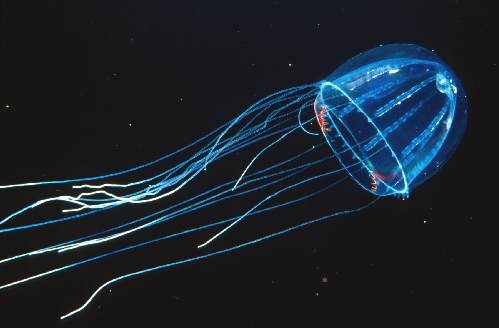The Fascinating World of Bioluminescence: Nature’s Living Lights
Bioluminescence, the natural emission of light by living organisms, is one of nature’s most mesmerizing phenomena. Found in a variety of marine creatures like jellyfish, plankton, and deep-sea fish, as well as terrestrial organisms such as fireflies and fungi, bioluminescence serves various survival purposes.
In the ocean’s depths, where sunlight barely penetrates, bioluminescence acts as a beacon. Marine organisms use it to lure prey, deter predators, or communicate. The anglerfish, for instance, uses a glowing lure to attract unsuspecting prey straight into its jaws. Plankton, on the other hand, emit light when disturbed, creating stunning displays of glowing waves and defending against predators.
On land, fireflies captivate with their rhythmic flashing, a bioluminescent courtship dance. These flashes are species-specific, ensuring that fireflies attract the right mate. Certain fungi, like the “foxfire,” glow in the dark forests, likely to attract insects that help disperse their spores.
Bioluminescence is not only enchanting but also holds scientific intrigue. Researchers study it for applications in medical diagnostics, environmental monitoring, and even sustainable lighting solutions. By understanding this natural light show, scientists hope to harness its potential for human benefit, all while marveling at the beauty of nature’s living lights.






